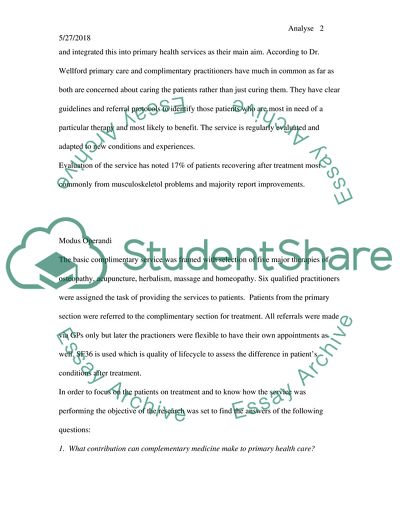Cite this document
(Health Centre Case Study Example | Topics and Well Written Essays - 3000 words, n.d.)
Health Centre Case Study Example | Topics and Well Written Essays - 3000 words. https://studentshare.org/health-sciences-medicine/1714248-analyse-and-systematically-critique-the-evaluae-glastonbury-health-centre-complementary-medicine-service
Health Centre Case Study Example | Topics and Well Written Essays - 3000 words. https://studentshare.org/health-sciences-medicine/1714248-analyse-and-systematically-critique-the-evaluae-glastonbury-health-centre-complementary-medicine-service
(Health Centre Case Study Example | Topics and Well Written Essays - 3000 Words)
Health Centre Case Study Example | Topics and Well Written Essays - 3000 Words. https://studentshare.org/health-sciences-medicine/1714248-analyse-and-systematically-critique-the-evaluae-glastonbury-health-centre-complementary-medicine-service.
Health Centre Case Study Example | Topics and Well Written Essays - 3000 Words. https://studentshare.org/health-sciences-medicine/1714248-analyse-and-systematically-critique-the-evaluae-glastonbury-health-centre-complementary-medicine-service.
“Health Centre Case Study Example | Topics and Well Written Essays - 3000 Words”. https://studentshare.org/health-sciences-medicine/1714248-analyse-and-systematically-critique-the-evaluae-glastonbury-health-centre-complementary-medicine-service.


